
The candidates' face-to-face debates, beginning Friday night, will provide the next big chance to change the electoral lineup, especially in the eight states that are still considered tossups: perennial powerhouses Florida, Ohio and Pennsylvania, Western targets Colorado and Nevada, Wisconsin in the Midwest, traditional swing state New Hampshire and newly competitive Virginia.
In a political environment that dramatically favors Democrats and appears to be further trending toward them, Obama has 18 states and the District of Columbia, offering 229 votes, in his column or leaning his way, while Republican McCain has 24 states with 200 votes, according to an Associated Press analysis of public and private polls, television spending and interviews with strategists in both parties.
Like the tossups, the status of other competitive states could change in coming weeks. Of those, Michigan, Minnesota, Iowa and New Mexico are currently leaning toward Obama, while Indiana, Missouri and North Carolina are leaning toward McCain.
Among the unknowns that could reorder the electoral landscape before Nov. 4: fallout from the ailing economy and the government's sweeping Wall Street intervention, as well as the outcome of the candidates' debates. The first faceoff between Obama and McCain is in Oxford, Miss.
Also unclear: the effect of race as the country decides whether to elect its first black leader.
Eighteen percent of voters say they are still undecided or willing to change their minds.
David Axelrod, Obama's chief strategist, told reporters traveling with the Illinois senator recently that Obama had "a lot of opportunity" in states President Bush won four years ago. "We expect to battle right to the end," Axelrod said. "We never anticipated anything but a close race."
In turn, McCain's top strategist Steve Schmidt told the Arizona senator's traveling press corps: "We have seen the map expansion in our favor," and he noted tight contests in several states Democrat John Kerry won in 2004. Schmidt, too, said: "We're in a very close race."
Most national polls show the competition close, though some give Obama a slight advantage and a Washington Post-ABC News poll out Wednesday showed Obama ahead 52 percent to 43 percent.
Those figures aside, the contests in key states are what matter most.
Behind the scenes, both campaigns are reviewing polling data daily — and adjusting their advertising strategies and candidate schedules accordingly — as they determine which states they need to win to cobble together the winning number of 270.
Obama is outspending McCain on television advertising $1.5 million to $1.1 million per day as each floods the airwaves to drive messages home. Mail pieces and radio ads are in full force, too. And, both sides have dispatched thousands of staffers and volunteers to the most hotly contested states for get-out-the-vote pushes.
For the most part, the most competitive states a month ago remain too close to call.
They include:
_Five states that Bush won in 2004, and that Obama is going after this year.
Ohio's economy is hurting and its GOP is smarting after widespread losses two years ago, yet Obama hasn't been able to break into a serious lead. He's gaining ground in Florida, though still not ahead, after pumping at least $8 million in TV ads into the state before McCain went on the air. That state and Virginia, competitive this year given an influx of liberal-leaning transplants, may be Obama's toughest to win in this group. Colorado and Nevada have been trending Democratic in recent years because of growth among Hispanics. They've also seen enormous numbers of new Democratic voter registrations, though it's possible that true electoral change may still be an election or two away.
_Three states that Democrat Kerry won in 2004, and that Obama is trying to defend.
New Hampshire is probably the state most likely to flip from Democratic to Republican, given McCain's special bond with the state's independent voters who twice helped him win GOP primaries. Indicating Obama's concern, he's running TV ads in the pricey Boston media market; McCain is not. Of McCain's top two targets, Pennsylvania has tightened somewhat in the past month to slide from leaning-Obama into the tossup category. Wisconsin remains tantalizing close as it does about this time every four years before voting Democratic.
With the exception of Virginia, the tossups look remarkably similar to those of the most recent elections, despite Obama's efforts to try to pick off traditional Republican bastions.
"It's increasingly resembling the real map of 2004," said Mark Mellman, a Democrat who was Kerry's pollster four years ago.
Using conventional slang for Republican and Democratic states, Matthew Dowd, a top strategist on Bush's re-election campaign, added: "The map has ended up back to where it was: States that were reliably red are reliably red, and states that were reliably blue are reliably blue."
• Among other states:
Obama has a strong shot at winning two that narrowly went to Bush in 2004.
Iowa has been trending Democratic for several election cycles, and McCain has virtually no relationship with the state he essentially bypassed in both of his presidential primary campaigns. Republicans, however, say the race is tighter than it seems. Obama also recently opened up a lead in New Mexico in part because Hispanics haven't warmed to McCain the way they did with Bush.
For now at least, Obama is holding off a strong challenge by McCain in two Kerry-won states.
The Democrat is slightly ahead in Michigan, where voters in this economically ailing state closely associate McCain with the unpopular Bush. And while Minnesota polls are tightening, Obama isn't worried enough at this point to devote TV advertising money to the state.
McCain, meanwhile, has an edge in Bush-held bellwether Missouri, though it continues to be hard-fought by both candidates.
And, the Republican has found himself having to defend GOP turf in North Carolina after Obama spent a couple of months running ads and dispatching workers to the state in hopes that blacks and young voters would help him prevail. McCain initially ignored the Obama action but recently countered with his own ads and staffers. He still has an edge there, and an Obama victory will be difficult.
Indiana may end up being a similar story. Obama continues to put money and manpower into the state at levels unmatched by McCain. Polls show Obama in an increasingly competitive position, and McCain may have to ramp up action there to try to stave off an upset. Republican allies were expected to respond with ads of their own later this week. Obama's links to the region — he's from Chicago — could help him boost black turnout in the northwest part of this economically suffering state.
Elsewhere, Obama recently abandoned efforts in Palin's home state of Alaska as well as in Georgia. North Dakota workers for Obama also are being dispatched elsewhere, and ads for that state are slated to stop airing next week. Montana, too, has largely fallen off the playing field. Surveys show McCain with comfortable leads in all four.
Analysis: Aside from New Mexico and Michigan moving to the "lean Obama" category, the only other significant change is Pennsylvania sliding here from Obama's "leaning" list. Obama had an edge in this state that Democrat John Kerry won four years ago, but Pennsylvania is one of McCain's top targets and he's been pouring in time and money. He also energized his Republican base by putting Palin on the GOP ticket, and that's helped him narrow Obama's lead in polls. Obama, meanwhile, still is struggling to win over working-class whites despite putting Scranton native Joe Biden on his team. Surveys in every other state in this category — all hard fought — are essentially within the margins of error.
___
Analysis by Liz Sidoti.










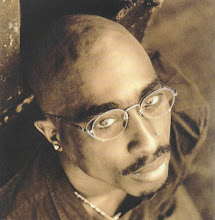



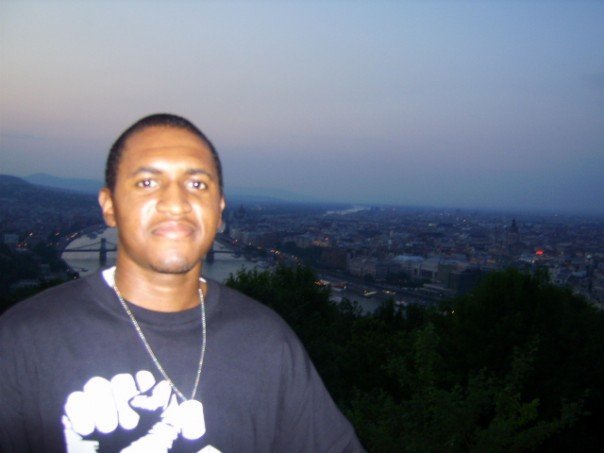



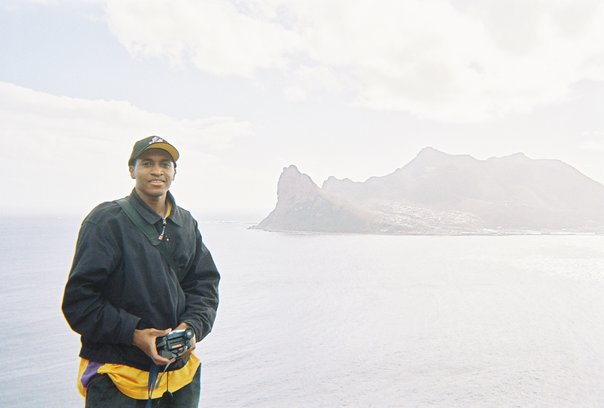

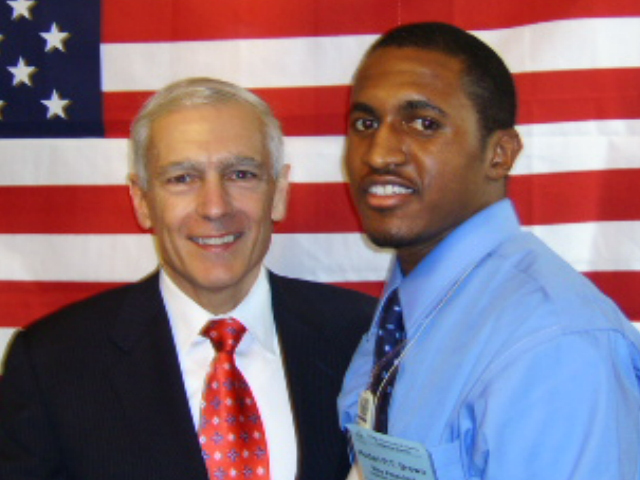
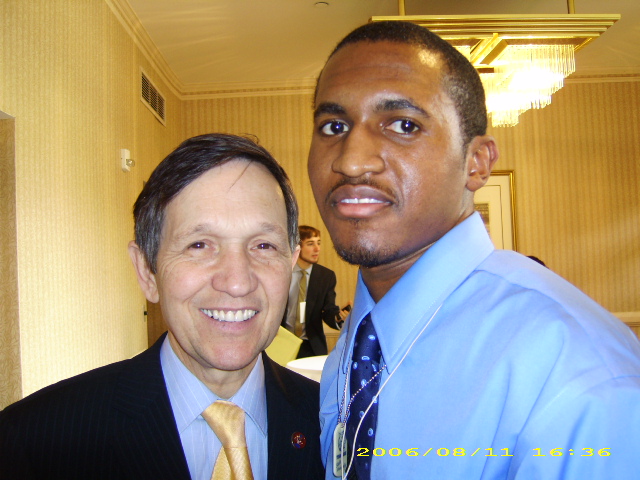

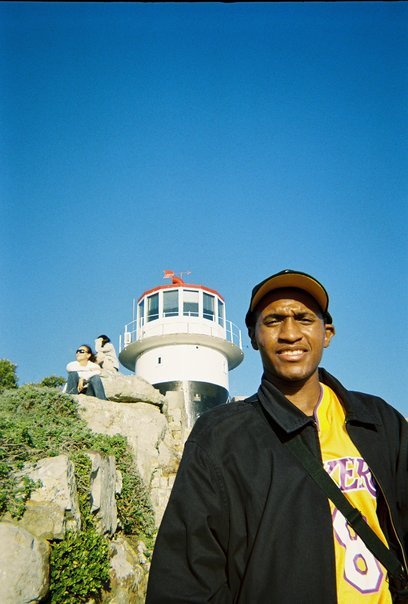
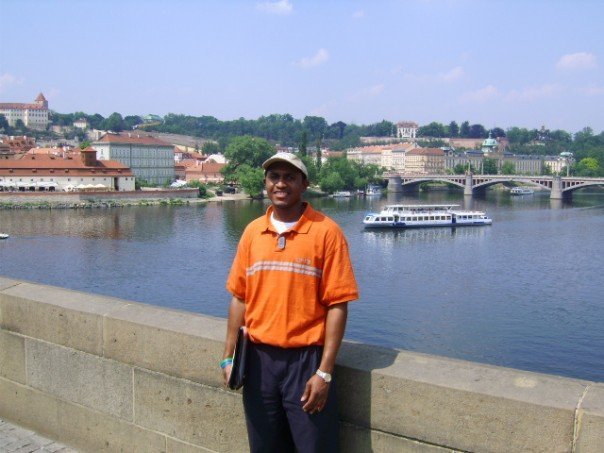
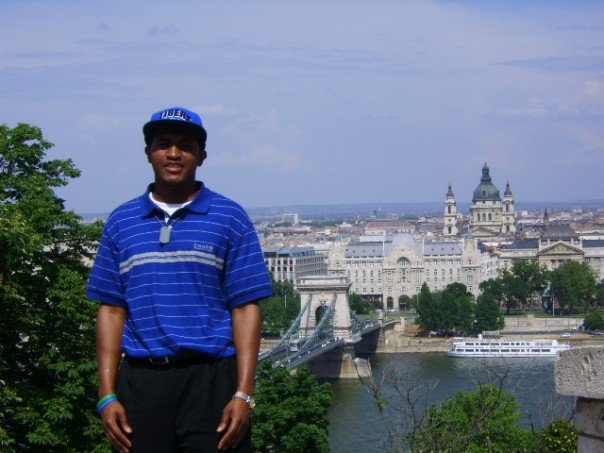
No comments:
Post a Comment